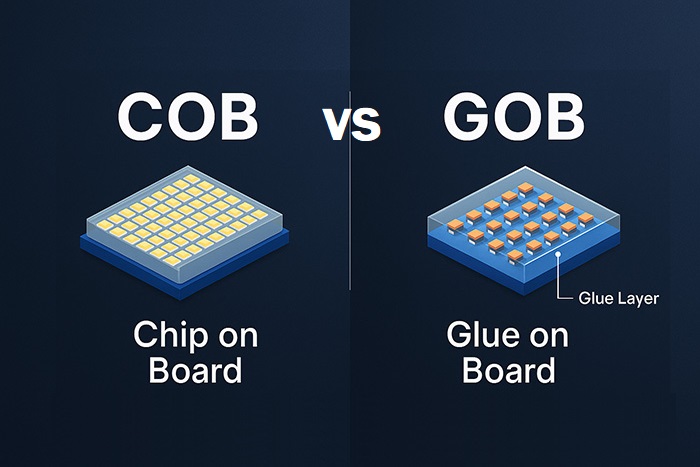
If you’re in the market for a new LED screen, one of the most important factors is its contrast ratio. But what exactly is contrast ratio, and why does it matter for your viewing experience? In this article, we’ll dive into the world of contrast ratios and explore their impact on the quality of your LED screen.
Understanding Contrast Ratio

In simple terms, the CR measures the difference between an image’s brightest and darkest parts. This difference is expressed as a ratio, such as 1000:1, indicating that the image’s most brilliant part is 1000 times brighter than the darkest part.
High CR are generally desirable because the screen can display a broader range of colors and shades, resulting in a more detailed and lifelike image. However, achieving high CR is not always straightforward and involves several factors, including the type of panel used, the backlighting technology, and the screen’s ability to display deep blacks.
The Impact Of Contrast Ratio On Image Quality

The contrast ratios of your LED screen can significantly impact its overall image quality. A low contrast ratio can result in images that look washed out and lack detail and depth. On the other hand, high contrast ratios can make images appear more vibrant and dynamic, with rich colors and deep blacks.
One of the main advantages of LED screens is their ability to produce high CR, particularly when compared to older technologies such as CRT or plasma displays. LED screens use an array of tiny light-emitting diodes to create the image, allowing for more precise control over brightness levels and a more comprehensive range of colors.
Choosing The Right Contrast Ratio For Your Needs

When choosing an LED screen, it’s essential to consider your specific needs and use cases. For example, if you’re primarily using your screen for gaming or watching movies, a higher CR may be more important to you than if you’re using it for general productivity tasks.
It’s also worth noting that the CR advertised by manufacturers may not always accurately reflect real-world performance. Some manufacturers use dynamic CR, which adjust the brightness of the backlight dynamically to improve contrast in certain situations. While this can result in a higher advertised contrast ratio, it may not necessarily translate to better image quality.
FAQs

1. What is the ideal contrast ratio for an LED screen?
There is no one-size-fits-all answer to this question. Ideal contrast ratios will vary depending on your needs and use cases. Higher contrast ratios are desirable for gaming and movies, while lower contrast ratios may be sufficient for general productivity tasks.
2. Can the contrast ratio of an LED screen be adjusted?
Yes, the CR of most LED screens can be adjusted in the settings menu. However, it’s worth noting that changing the contrast ratios may also impact other aspects of image quality, such as color accuracy.
3. Do all LED screens have the same CR?
No, the contrast ratios of LED screens can vary significantly depending on several factors. It includes the type of panel used, the backlighting technology, and the screen’s ability to display deep blacks.
4. Is a higher CR always better?
Not necessarily. While higher contrast ratios can result in more vibrant and dynamic images, it’s essential to consider your specific needs and use cases when choosing a screen. In some situations, such as when using your screen in a bright room, lower contrast ratios may be more suitable as they can help reduce glare and improve visibility.

5. How can I test the CR of my LED screen?
There are several ways to test the contrast ratio of your LED screen, including using calibration software or performing a visual test with a test image. However, remember that your screen’s performance may vary depending on ambient lighting and viewing angle.
6. What is the ideal CR for an LED screen?
There is no one-size-fits-all answer to this question, as the ideal CR for an LED screen can vary depending on factors such as screen size, resolution, and intended use. Generally, a higher CR will provide better image quality, but balancing this with other factors, such as brightness and color accuracy, is crucial.
7. How can I optimize it on my LED screen?
There are several ways to optimize the CR of your LED screen. It includes adjusting the brightness and contrast settings, ensuring proper calibration, and minimizing ambient lighting. It’s also important to consider the environment in which your screen will be used, as factors such as room lighting and screen placement can significantly impact image quality.
Conclusion

In summary, the CR is an essential factor to consider when purchasing an LED screen. High contrast ratios can result in more vibrant and lifelike images. Meanwhile, low CR can make pictures appear washed out and lacking in detail.
When choosing a screen, it’s essential to consider your specific needs and use cases and to look beyond the advertised CR to ensure you’re getting the best possible image quality.

